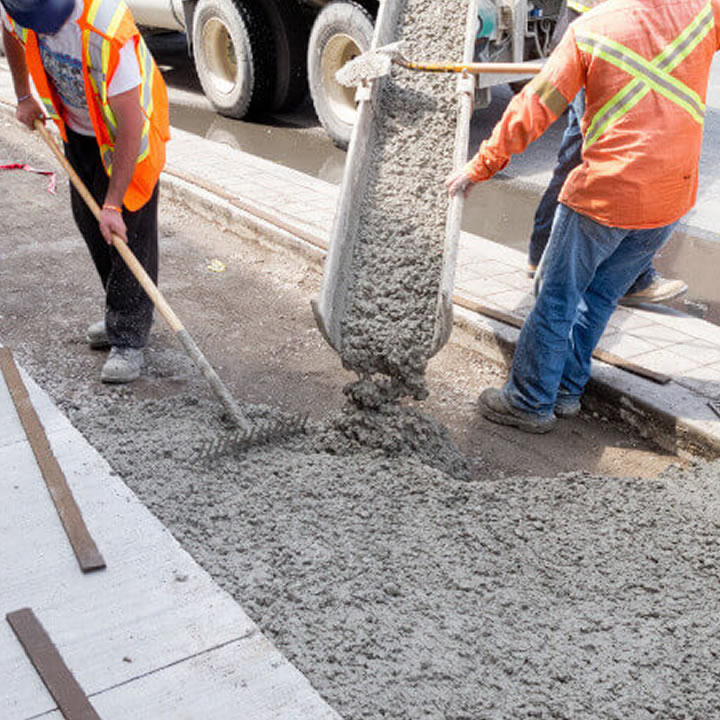Concrete helps build houses, offices, bridges, walkways, and roads. The material has endless uses and is incredibly resilient when handled correctly. The product requires appropriate use and adequate curing time to provide strength and durability for the job.
Cure time formulation until maturity is a challenge for all construction projects but is crucial for the project’s success. Structures can last centuries when done correctly, but calculation mistakes could compromise the entire project.
What Curing Means
Curing concrete does not remove all water from the material. Instead, the process of concrete maturity bonds the water tightly. Concrete shrinks as it cures, and this shrinkage leads to cracks. It also deforms (or creeps) over time.
Reputable, knowledgeable contractors understand this behavior and calculate their structures to counteract the creep. However, calculating concrete maturity allows them to know how to protect or manage the product and how to know when the curing process is completed.
When Problems Arise
Not allowing the concrete to cure before continuing can disrupt all calculations. Building foundations may develop cracks, or the concrete could crumble. The structure may not remain stable or could become unlevel.
Concrete failure can become a massive expense because it could make the finished project unusable and unrepairable.
Curing is not only dependent on time. Many things can affect how quickly concrete dries, and hurrying it along to speed up a build is a mistake that could jeopardize the project.
What is Involved
Determining the maturity of concrete to avoid deformities, cracks, and sinking requires careful measuring of the environment. The equations became established through the study of the process of dissolution-precipitation. Dissolution is putting a solid into the water to form ions.
Precipitation is when the ions come together to create a solid. The studies involved researching the exact timing for maximum curing based on temperature, humidity, days for curing, and the amount of moisture in the mix.
The correct calculations provide the most durable concrete that was the least likely to creep or crack over time.
Why Water Matters
Speed often seems the most desirable factor in any construction project, but not when using concrete. Curing takes about 28 days, and the material needs adequate temperatures and water.
During the process, the water mostly evaporates from the material and it becomes a solid. The evaporation process causes the material to become porous, so applying sealant after curing is necessary to prevent excess water from reentering the material.
All concrete has some water that remains in the material and keeps it bonded.
The water is not visible to the naked eye. If it dries too quickly, it will not have the strength needed, and cracks will form. To avoid this, crews may use wet coverings or spray the concrete, but they will do it carefully to avoid extending the curing process or causing damage.
The quality of any project will only be as reliable as the concrete used. Concrete maturity relies on proper curing. Adapting the mixture to the environment and controlling its exposure to the elements until it sets takes more than guesswork.
The experts involved in these projects need to understand the materials used, know the calculations, and have the formulas corrected for every detail. Cured concrete increases safety, improves the structural integrity of any building, and lowers lifetime costs for repairs and maintenance.

